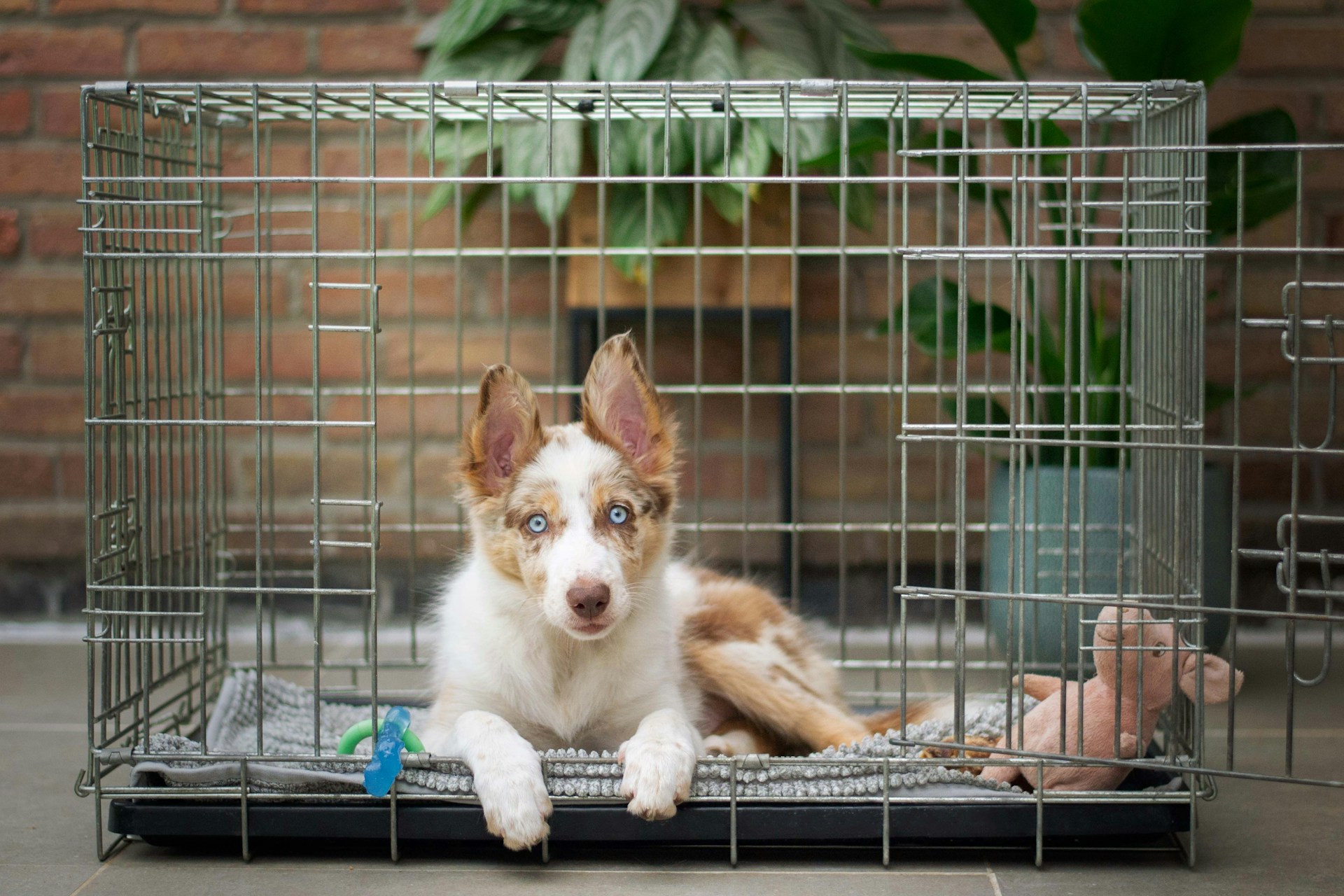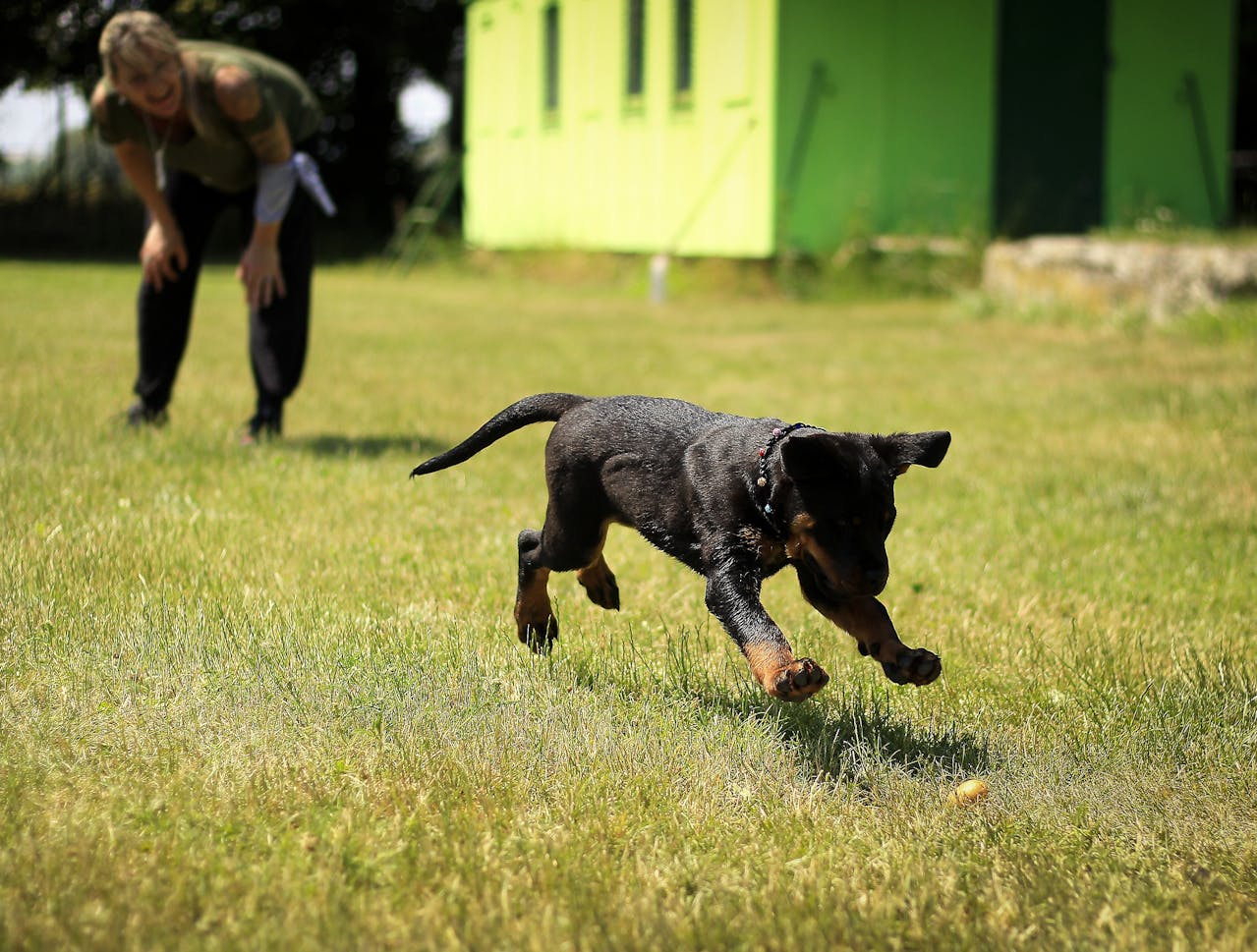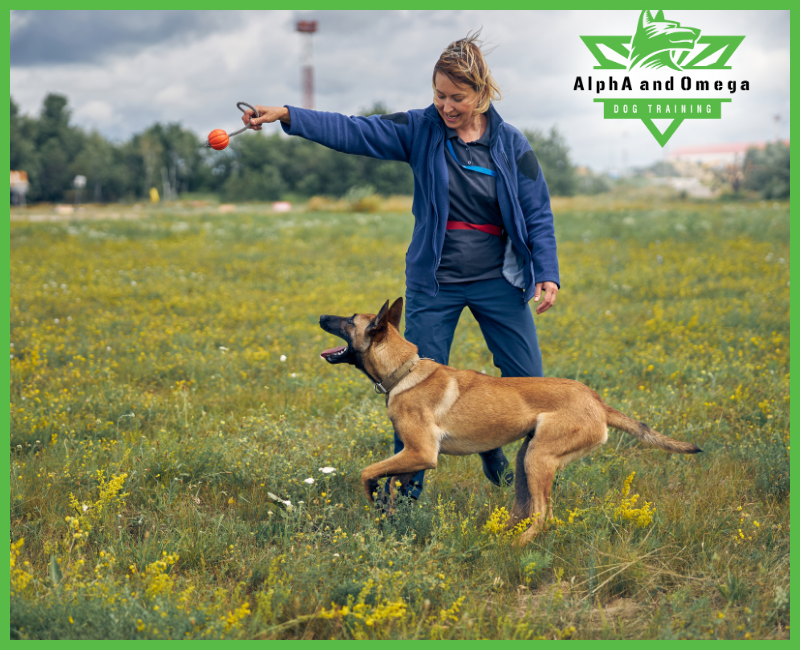
Heat Emergency Season
Summer season is upon us and that means it’s time for you and your dog to head outdoors. In the North, the 70+degree weather is a perfect opportunity to let your dog explore the natural environment. We have waited six months for the lush green foliage and pleasant conditions. In the South, it’s hot all day. This is potential heat emergency season. As such, one must exercise caution. Direct Sun and high humidity can contribute to serious, potentially fatal side effects in your pet (and you too if you’re not careful).
Heat exhaustion or stroke can result in serious and often irreversible damage in your dog. In some cases, it can be fatal. Contrary to popular belief, heat exhaustion and strokes can occur in lower outdoor temperatures(even as low as 70 degrees). The fact of the matter is that dogs are not conditioned to handle direct, piercing sunlight, or high humidity for extended periods of time. While some dogs may seem to bear or even enjoy the heat, the effects of a heat stroke can creep in undetected and by the time it is evident, the damage would have been done.
Know The Signs and Symptoms
In dogs, symptoms such as shortness of breath (panting), sticky gums, dark tongue and irregular, unsteady movement, and lethargy are clear indicators that they are suffering from a heat emergency. A staggering gait and excessive panting are signs to be aware of when you are out for a walk in the sun with your pet. Signs of heat exhaustion such as sticky gums (or even gums appearing too dry) and high body temperature should be constantly checked for. A close inspection will be needed to identify these symptoms. Some signs might take longer to surface. Seizures, vomiting, bloody diarrhea or stool can start to show after you may have come back from your walk. If any of these symptoms or other irregular behaviors begin to appear, do not ignore them.
The less severe symptoms are often ignored by owners. However, the best way to avoid permanent damage in your dog is to be vigilant and take immediate action. If you notice symptoms immediately, remove your dog from the direct sunlight and into a shaded and cool area. Get them some water and cool them down as quickly as possible.
Be Vigilant and Enjoy
In conclusion, do not let the fears of a heat stroke dissuade you from taking your dog outdoors. Of course, dogs would need to access the outdoors to do their business. However, a warm and sunny midday hike is not the best idea. If you do decide to go out under direct sunshine, try to
take a path that has a lot of shade from trees and is preferably close to a water body like a pond. Give your dog plenty of opportunities to rest. It is also a good idea to plan a walk later in the evening or at the break of dawn, among relatively cooler temperatures and lack of a Sun bearing down on your dog. Enjoy the summer season with your pet in a safe and vigilant manner!





